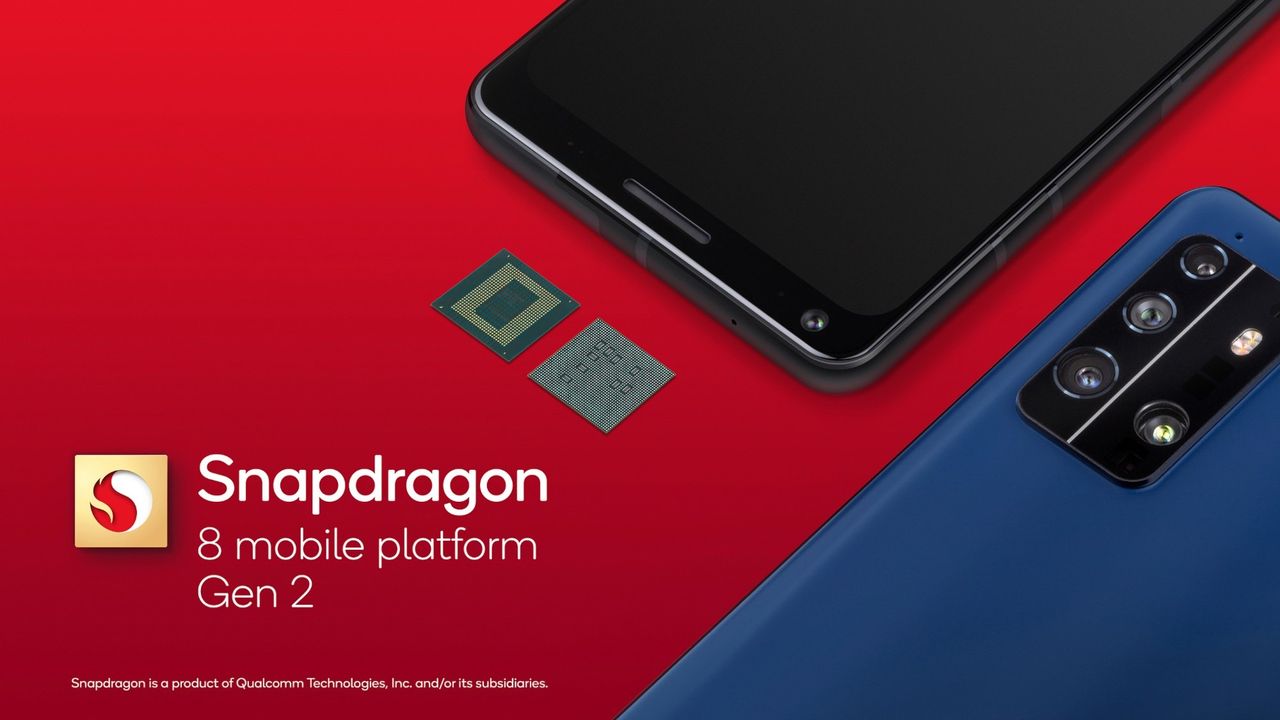It looks like we will have to get used to another “SIM card standard”. The new SIM card standard is called iSIM (Integrated SIM) and can be seen as a successor to eSIM, the chips in mobile phones that have partially started to replace the interchangeable physical SIM cards that have been with us since the 1990s.
The difference between iSIM and eSIM is that iSIM does not consist of a separate chip but is instead integrated into the SoCs (System-on-a-Chip) that power today’s mobile phones. The development of iSIM has been ongoing since 2021, but now it has also appeared on commercially available SoCs. For example, iSIM is integrated into Qualcomm’s mobile platform Snapdragon 8 Gen 2, and phones running it have already begun to appear on the market.
The advantage of iSIM compared to eSIM is that iSIM takes up 96% less space than an eSIM card and requires 70% less energy to operate. In addition to that, iSIM is half as expensive to integrate into an SoC as it is to manufacture a separate eSIM card.
For consumers who already use eSIM cards, there is unlikely to be any noticeable difference if the phone uses eSIM or iSIM; it is just a new way to store the mobile number and other data from the mobile operator on the phone.
Below is a video clip where Vodafone talks a little more about iSIM.

